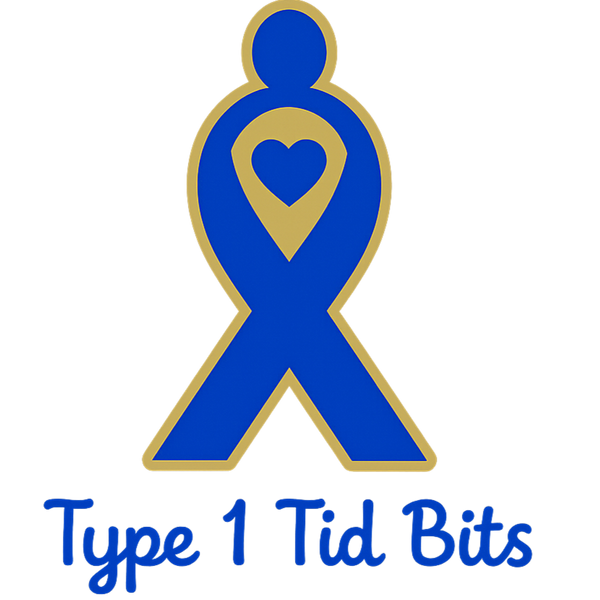Exercise plays a huge role in managing diabetes. It helps improve insulin sensitivity, supports heart health, and boosts overall wellbeing. But if you’re counting carbs, activity adds another layer of complexity. How much you move—and what type of exercise you do—can affect how your body processes carbohydrates. The key is learning how to balance food, insulin, and activity.
Why Exercise Affects Carb Counting
When you exercise, your muscles use glucose for fuel. This means physical activity can lower blood sugar during or even hours after exercise. However, not all activity affects you the same way:
-
Aerobic exercise (walking, cycling, swimming): Usually lowers blood sugar.
-
Anaerobic or high-intensity exercise (weightlifting, sprints): Can cause temporary spikes, followed by drops later.
-
Mixed activities (sports, interval training): May cause fluctuations.
Understanding this helps you decide whether to add extra carbs, adjust insulin, or both.
Carb Counting Before Exercise
Eating the right amount of carbs before exercise helps prevent hypoglycemia (low blood sugar).
-
If your workout is less than 30 minutes, you may not need extra carbs.
-
For 30–60 minutes of moderate activity, aim for about 15–30g carbs beforehand (e.g., a small banana or granola bar).
-
For longer or more intense workouts, you might need 30–60g carbs, depending on your blood sugar level and insulin timing.
👉 Always check your blood sugar before starting.
During Exercise: Quick Carbs to the Rescue
For longer sessions, keep quick-acting carbs handy:
-
Glucose tablets (4g each)
-
Small box of raisins (about 15g)
-
Sports drinks (check labels—some contain 15–20g carbs per serving)
These are easy to carry and act fast if your blood sugar drops mid-workout.
After Exercise: Refuelling Smartly
Post-exercise meals should balance carbs and protein to restore energy and repair muscles. Examples:
-
Wholegrain toast with peanut butter
-
Greek yogurt with fruit
-
Chicken and brown rice
Monitoring is key, as blood sugar can drop for several hours after exercise.
Technology to Help
-
Continuous Glucose Monitors (CGMs): Show real-time trends to help you spot exercise-related changes.
-
Carb counting apps: Useful for logging pre- and post-workout snacks.
-
Fitness trackers: Combine with CGM data to understand how activity impacts your carb needs.
Final Thoughts
Carb counting and exercise go hand in hand. With planning, monitoring, and a bit of practice, you can prevent lows, fuel your body, and keep blood sugar steady. The goal isn’t perfection—it’s balance, so you can enjoy the benefits of exercise without worry.

